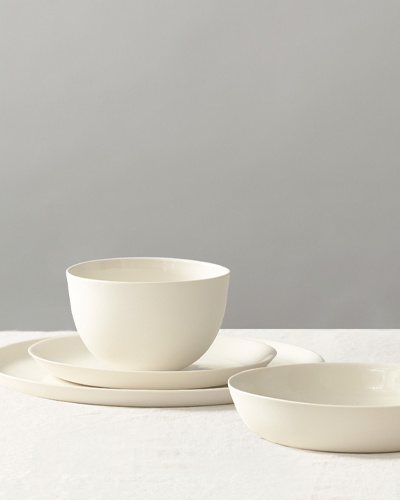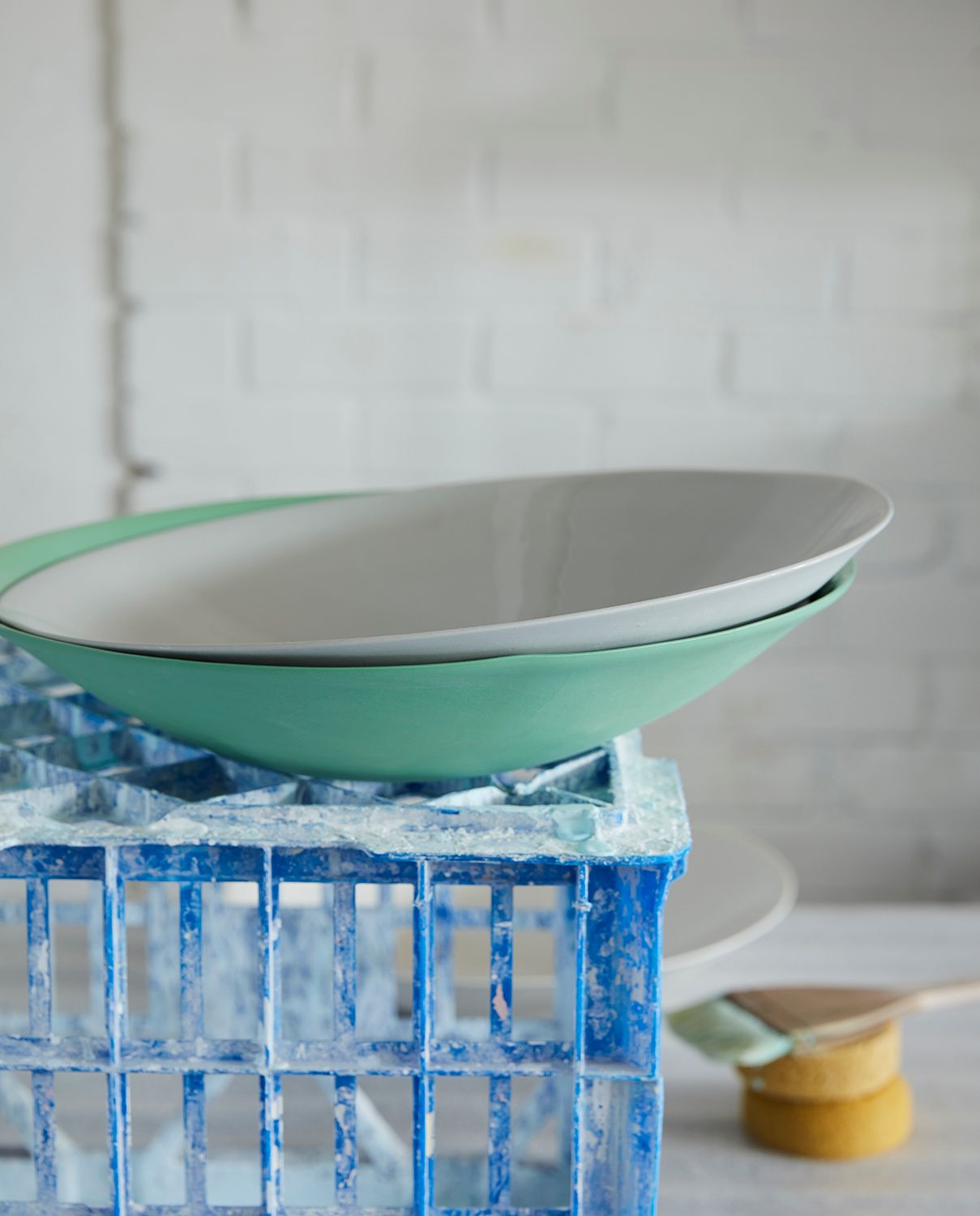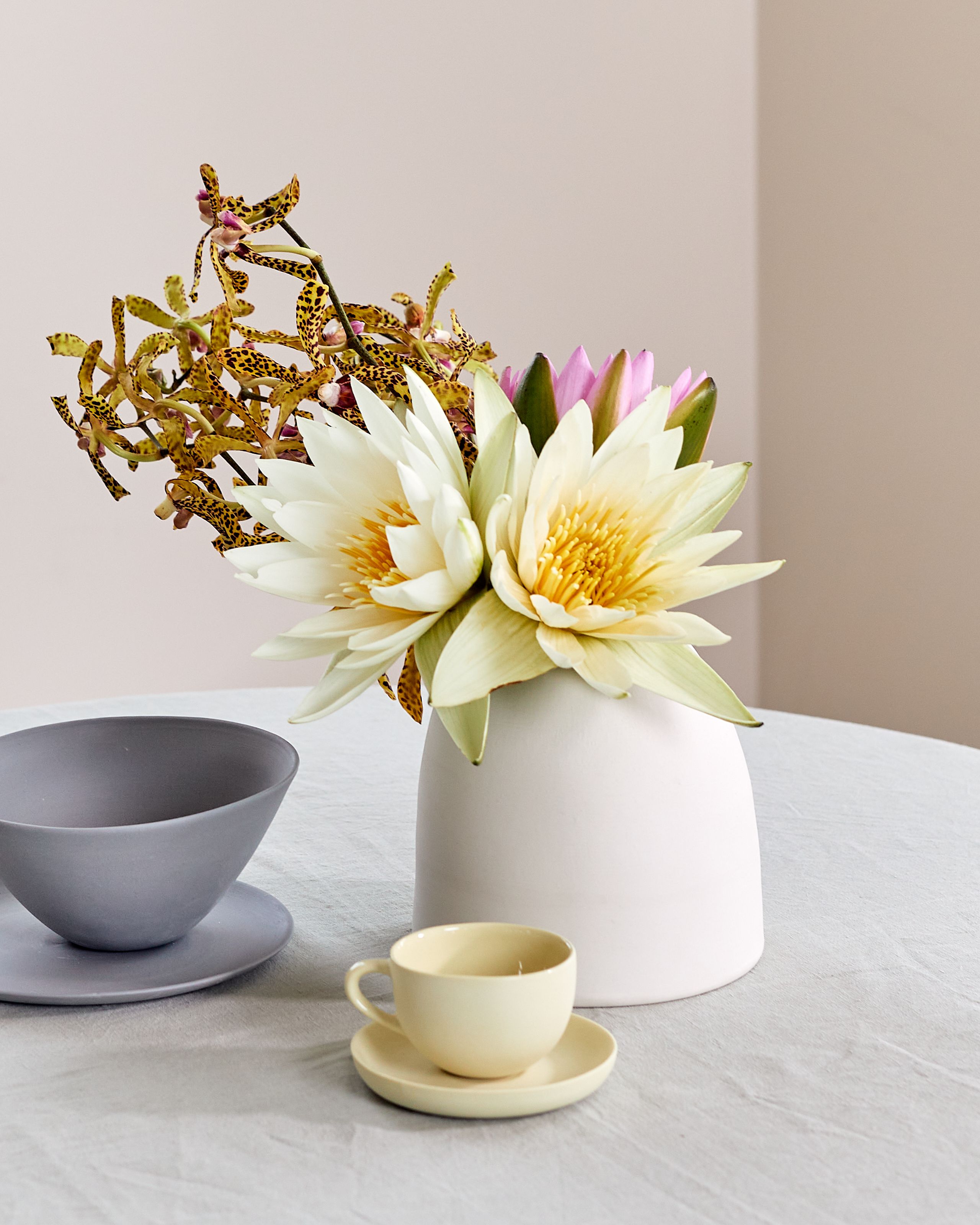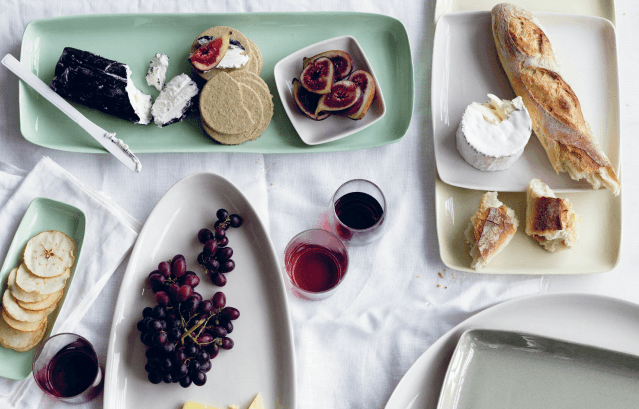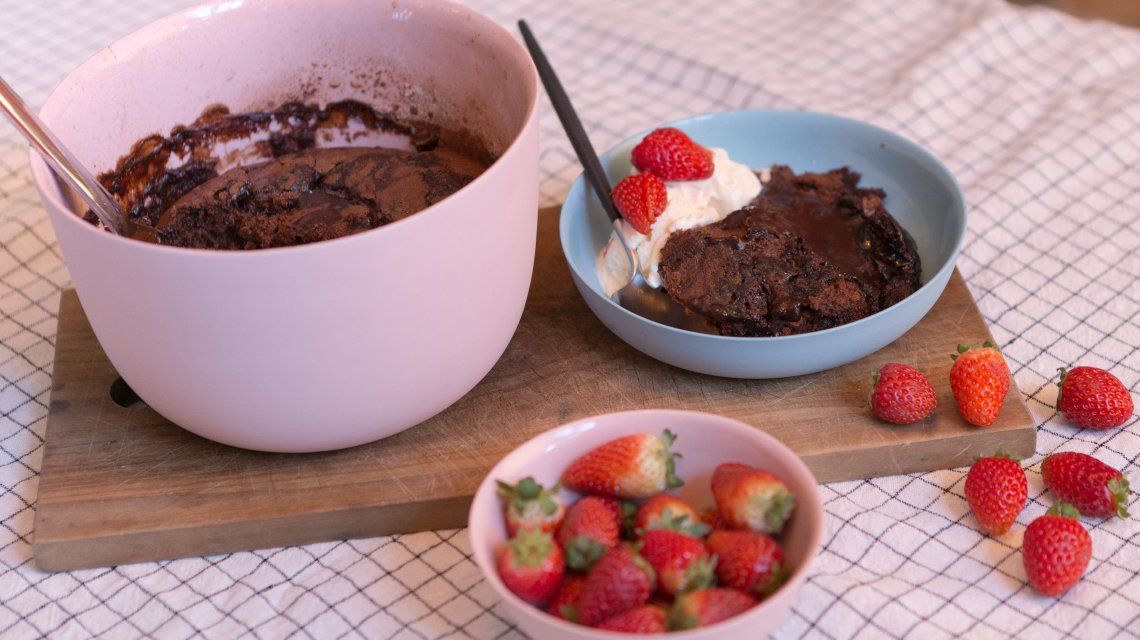Since 1994, Mud Australia has created elegant and timeless porcelain homewares. AU
The original Mud Australia store opened in Woollahra in 2007. Since then we’ve opened 12 stores globally.
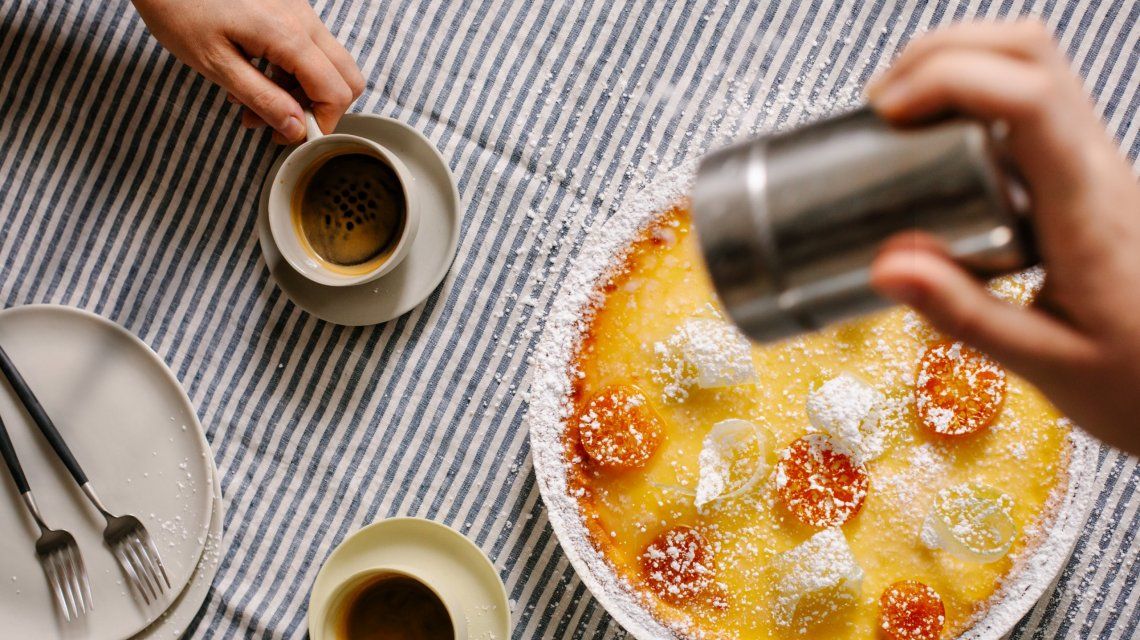
This is a classic tart eaten in Naples at Easter time. According to legend, a mermaid called Parthenope who lived amongst the rocks in the gulf of Napoli would come and sing to the inhabitants to celebrate the arrival of spring each year. To say thank you for her sweet songs they offered her gifts of ricotta, eggs, orange blossoms and spices. Touched by the many gifts, Parthenope returned to her kingdom deep in the abyss where the gods used their powers to mix them together to make a cake.
I love to add nibs of chocolate to Parthenope’s cake because I think it marries nicely with the candied orange and sultanas, but really, do you need an excuse to add chocolate to anything? Candied orange peel is available from good delis, but if you can’t find it use grated orange zest instead. By the same token, the Marsala can be replaced with orange blossom water. Parthenope the mermaid would definitely approve.
Nadine Ingram — Flour & Stone
Ingredients
Pastry
1 Qty – Flour and Stone sweet pastry
( check out recipe here )
Sultanas
60 g – Sultanas
2 tbsp – Marsala (or 1 tsp orange blossom)
Filling
400 g – fresh ricotta
80 g – caster sugar
70ml – pure cream
1 – egg
2 – egg yolks
1 tbsp – vanilla paste or the seeds scraped from 1 vanilla bean
1 – lemon, freshy grated zest
50 g- candied orange peel, finely chopped
100 g – good-quality dark chocolate (60% cocoa solids), roughly chopped
2 tbsp – cocoa nibs
To decorate
optional – pure icing sugar, for dusting
candied clementines and grapefruit.
Method
Pastry
Make the sweet pastry. You will only need half for this recipe but make the full amount and freeze the remainder for another day. Rest the dough in the fridge for 3 hours before rolling it out.
Sultanas
To begin preparation for the filling, soak the sultanas in the Marsala and put them to one side while the pastry is resting. Dust your work surface with a light coating of flour, pop the block of pastry in the middle and sprinkle the top with more flour so the rolling pin doesn’t stick to the pastry. Roll out the pastry to form a 3 mm thick circle that is 5 cm wider (all the way around) than your tart ring (mine is 28 cm). If the outer edge of your pastry starts to crack just stick it back together with your fingertips and continue rolling with no fear. Using the tart ring as a template, place it in the middle of the pastry and cut around it with a small knife, making it 3 cm larger than the ring all the way around. Discard the surplus pastry. Lift the ring away but keep it nearby.
The sweet pastry will be fairly soft now and difficult to manoeuvre, so I’m going to talk you through the easiest way to get it into the tart ring without it breaking. Roll the pastry onto the rolling pin: to do this, lift an edge of the pastry onto the pin, then roll it up like a Swiss roll. Place the tart ring in front of you, then unroll the pastry over the top. The surplus edges of the pastry will start to drape over the ring now so work quickly to gently tuck them back inside. Press the pastry into the bottom and sides of the ring but leave about 1 cm of pastry sitting above the rim. Place the untrimmed pastry case in the fridge to rest overnight or for 1 hour.
Preheat the oven to 150°C.
Using a pair of scissors, trim the tart case so the pastry extends just 5 mm above the ring. Line the pastry case with a circle of baking paper or foil and fill it to the top with baking beads. Place on a baking sheet and bake for 40–45 minutes or until pale golden all over. Take a peek under the foil after 30 minutes to check if the middle is cooked. If it isn’t, continue baking, checking every 10 minutes, and making sure you return the baking beads firmly to their position each time so the pastry does not step out of line. Take the tart case out of the oven and cool completely before removing the baking beads and paper or foil. Reduce the oven temperature to 120°C.
Filling
Place the ricotta and sugar in the bowl of an electric mixer fitted with the whisk attachment and whip on medium speed until the ricotta is smooth. Turn off the machine and add the cream, egg, egg yolks, vanilla and lemon zest. Give it another quick whisk on medium speed – the mixture should now be smooth and thick like double cream.
Drain the sultanas and pour the Marsala into the ricotta mixture, then whisk it again briefly to incorporate.
Spoon half the ricotta mixture into the baked tart case and smooth the surface to make it at. Scatter over the sultanas, orange peel, chocolate and cocoa nibs, then spoon the remaining filling over the top and smooth with a spatula or knife.
Bake for 45 minutes or until the top has a slight golden colour and, more importantly, the centre springs back when you gently press it with your finger. Remove the tart from the oven and cool completely.
Decorate
Dust it with icing sugar if you like, or leave it plain. Decorate with candied clementines and grapefruit. Store in the fridge for up to 2 days.

